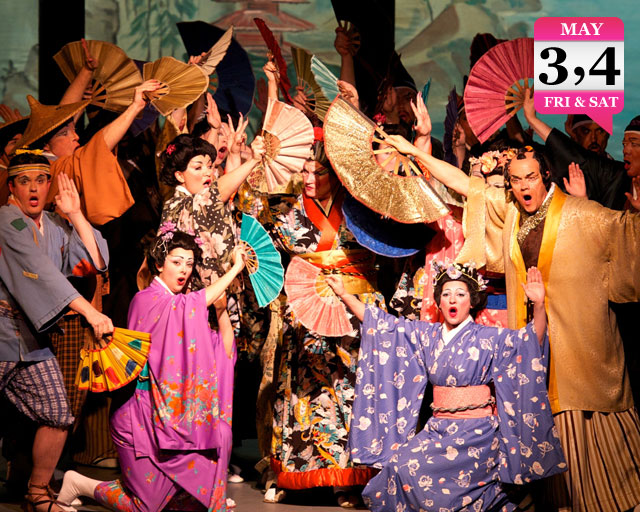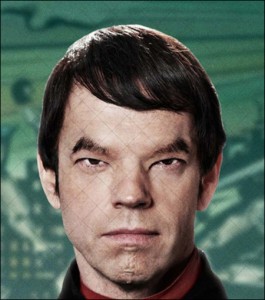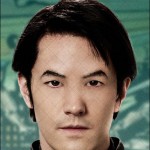I recently blogged about a video produced by the City of Los Angeles – using taxpaper money – that was originally produced with good intentions: Explaining the importance of recycling water. But to make its point, the video used a ghastly, stereotypical caricature of geishas played by non-Asians with painted faces wearing kimonos, including one played by a non-Asian man. Of course, they spoke in “ching-chong” Japanesey accents.
It’s disturbing that it’s OK even in 2013 to caricature Asians with the most shallow racial stereotypes — ones that have been used to depict us for 150 years.
There’s a long tradition in Hollywood and show business in general of “yellowface” – non-Asians (usually Caucasians) cast as Asians. The most egregious example is probably the horrid character of Mr. Yunioshi in “Breakfast at Tiffany’s,” in which Mickey Rooney played the part to the hilt with buck teeth, thick glasses, squinty eyes and a terrible accent.
But wait, there’s more! He played a perverted lech of a photographer who keeps trying to shoot pictures of his downstairs neighbor Holly Golightly (imagine this name pronounced in a horrible fake Japanese accent), played by Audrey Hepburn.
There are many, many examples of yellowface going back to Katharine Hepburn and Marlon Brando playing Chinese and Japanese characters with their eyes taped back in classic films such as “Dragon Seed” and “Tea House of the August Moon,” all the way to last year’s big-budget sci-fi flick “Cloud Atlas,” in which Hugo Weaving (of “Matrix” and “Lord of the Rings” fame) was among the cast who played both white and Asian parts, with hideously phony-looking makeup.
It’s not just on the big screen. Yellowface has also been a tradition on the stage, and I happened to see two plays recently that used elements of the practice, with varying results.
Gilbert & Sullivan’s famous 1885 comic opera “The Mikado” is known for its social satire; the musical pokes fun at British politics and society by using Japan as the setting for its wacky love story.
But the Japan it portrays is the Japan that people in the late 1800s fantasized about: Exotic, utterly foreign and just plain strange. To ensure that it only depicts simpleminded stereotypes, W.S. Gilbert based the play on a fictional Japan that had just been opened to Western commerce, but he didn’t bother to do any research to make his portrayal of Japanese culture realistic at all.
Instead, he named the village where “The Mikado” takes place “Titipu” and gave his characters improbably names such as “Nanki-poo” and “Yum-Yum.”
Continue reading







 The Hollywood news source
The Hollywood news source  But it makes me wonder about the choice of Reeves. Yeah, he knows martial arts (and proved it in the
But it makes me wonder about the choice of Reeves. Yeah, he knows martial arts (and proved it in the 





